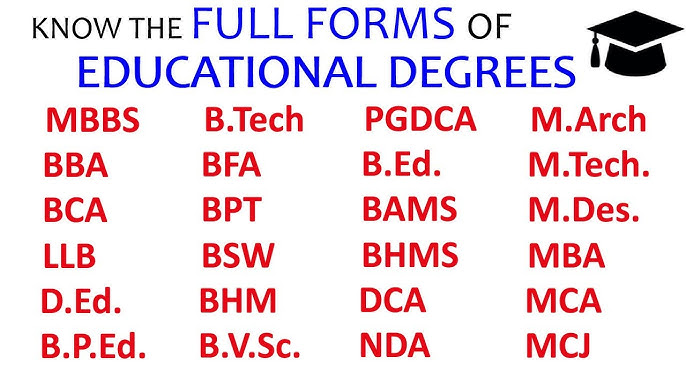S. Velu Pillai, J.@mdashThe respondent executed an overdraft agreement Ext. H, and a promissory note Ext. J as collateral security on January 13, 1947, in favour of the appellant, a bank. The appellant sued to enforce payment of the balance outstanding at the end of June 1951, which was stated to be a sum of Rs. 1,488-14-6. The suit was filed on March 24, 1952. The respondent denied having executed Exts. H and J and pleaded limitation to the suit. The two courts have found, that Exts. H and J are genuine, that the respondent operated the accounts till April 9, 1947, and the suit having been instituted more than three years after this date, was barred by limitation. The subordinate Judge on appeal, has noticed in paragraph 5 of the judgment, that the cause of action was based on Exts. H and J. According to the law in force at the time, the period of limitation for a suit on a promissory note was six years under the Travancore Limitation Act, and as may be noted, the suit was well within this period. But the Subordinate Judge relying on the explanation to Order 2, rule 2, C.P.C. thought, that the appellant can "have only one cause of action based upon Ext. H" and "has no independent cause of action based on Ext. J" and observed :
It is only in cases where a plaintiff has two causes of action each having a different period of limitation that he can rely on that cause of action which would keep alive his remedy and save the suit from the bar of limitation.
The explanation to Order 2 rule 2 reads as follows:
For the purposes of this rule an obligation and a collateral security for its performance and successive claims arising under the same obligation shall be deemed respectively to constitute but one cause of action.
According to this, the obligation under Ext. H and the collateral security Ext. J together constitute but one cause of action. This does not mean that only the obligation can be enforced but not the other. Viewed as to remedies, if they can be so called, they may both be claimed. If the collateral security is by way of a charge, there is no reason to think that the charge is unenforceable. If that were so, there is no meaning in taking a collateral security. The difference in the period of limitation in respect of the remedies is immaterial. The principle underlying Order 2, rule 2, was stated thus in
The Rule is directed against two matters, the splitting up of claims and the splitting up of remedies. It provides that if the plaintiff does not include any portion of claim to which he is entitled or any remedy which he can get in respect of a cause of action, he cannot sue later for the portion of the claim or the remedy which he has omitted.
Thus if in this suit, the appellant did not rely on Ext. J, but sued only on the basis of Ext. H, a later suit on Ext. J would be barred. This is different from saying that he cannot rely on both Exts. H and J, and if he can, I fail to see how the court can say that the period of limitation to sue on Ext. J is not available. I am of the opinion, that the view of the Subordinate Judge is wholly unsupportable.
2. The only question to consider is whether the appellant has relied on Ext. J also. As already observed, the Judge himself agreed that he has done so, but the respondent''s counsel challenged this view. In the opening paragraph of the plaint itself it was declared expressly, that the suit is based upon Ext. H and Ext. J. Nothing can be clearer than this. In the next paragraph he related the transactions and referred to Ext. J as collateral security. But in giving the date of the cause of action he mentioned June 30, 1951 as that on which the amount sued for was said to be due. The date of Ext. J also could have been set out, but it has to be remembered that both Exts. H and J constitute one cause of action and no liability would arise unless there has been a borrowing. In the face of the statement made in the opening paragraph, it is impossible to hold that the suit was not based also on Ext. J. I therefore come to the conclusion that the appellant is entitled to enforce the remedy on the basis of Ext. J as well. It follows, that the dismissal of the suit on the ground of limitation cannot be sustained. In reversal of the decree dismissing the suit, the plaintiff is given a decree only for the amount payable on 9-4-1947 with future interest thereon at 5 per cent per annum. The second appeal is allowed with costs throughout.

